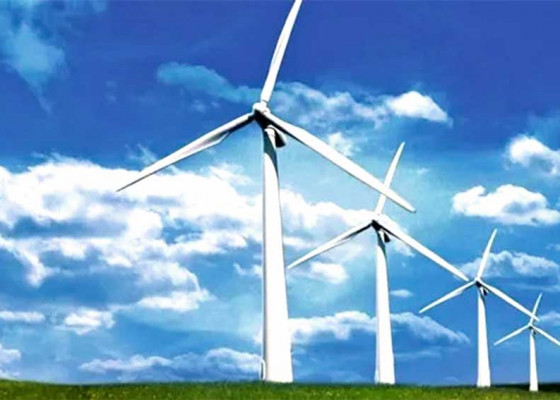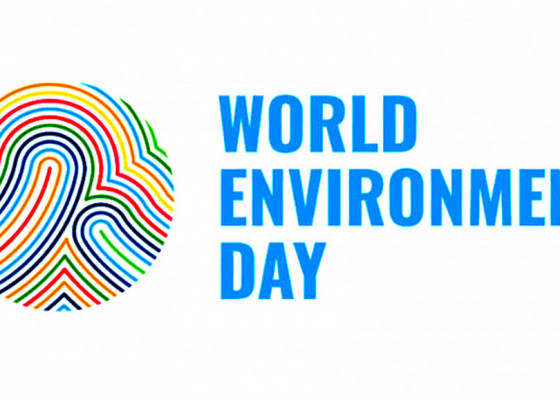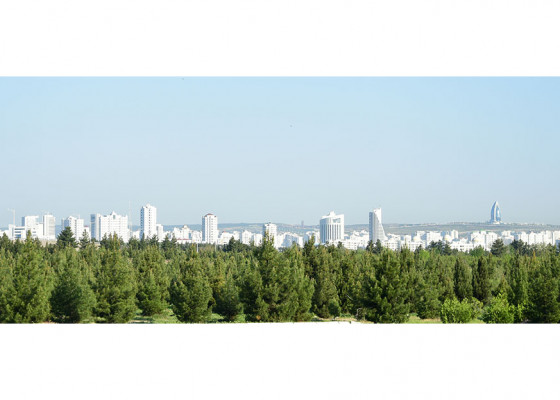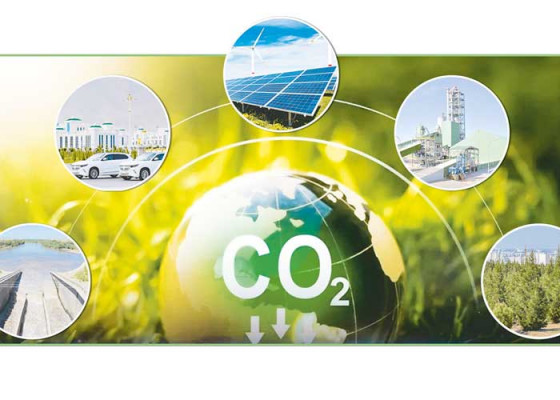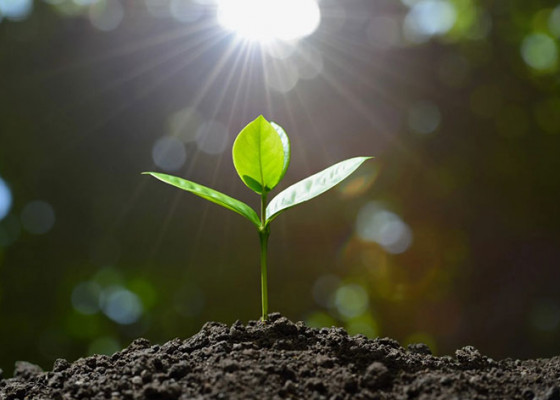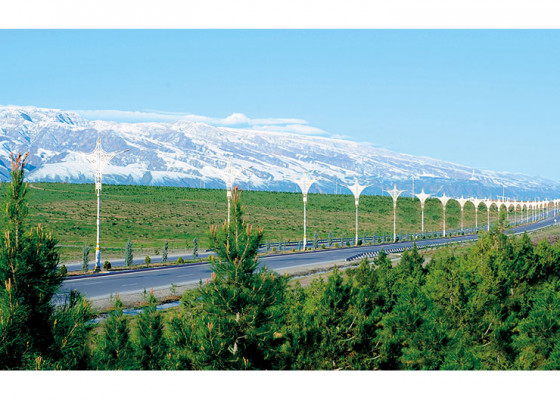From COP28 to COP29: Paving the Way for a Greener Future
Brief history of UNFCCC and COP. In 1992, during the Earth Summit in Rio de Janeiro, the United Nations Framework Convention on Climate Change (UNFCCC) was adopted. UNFCCC is a global treaty of 198 countries and territories that sets a framework for governments to tackle issues posed by changing climate. The convention aims to stabilize atmospheric concentrations of greenhouse gases (GHGs) at a level that would shield the climate system from harmful human involvement while allowing ecosystems to naturally adjust to climate change over an appropriate amount of time.


